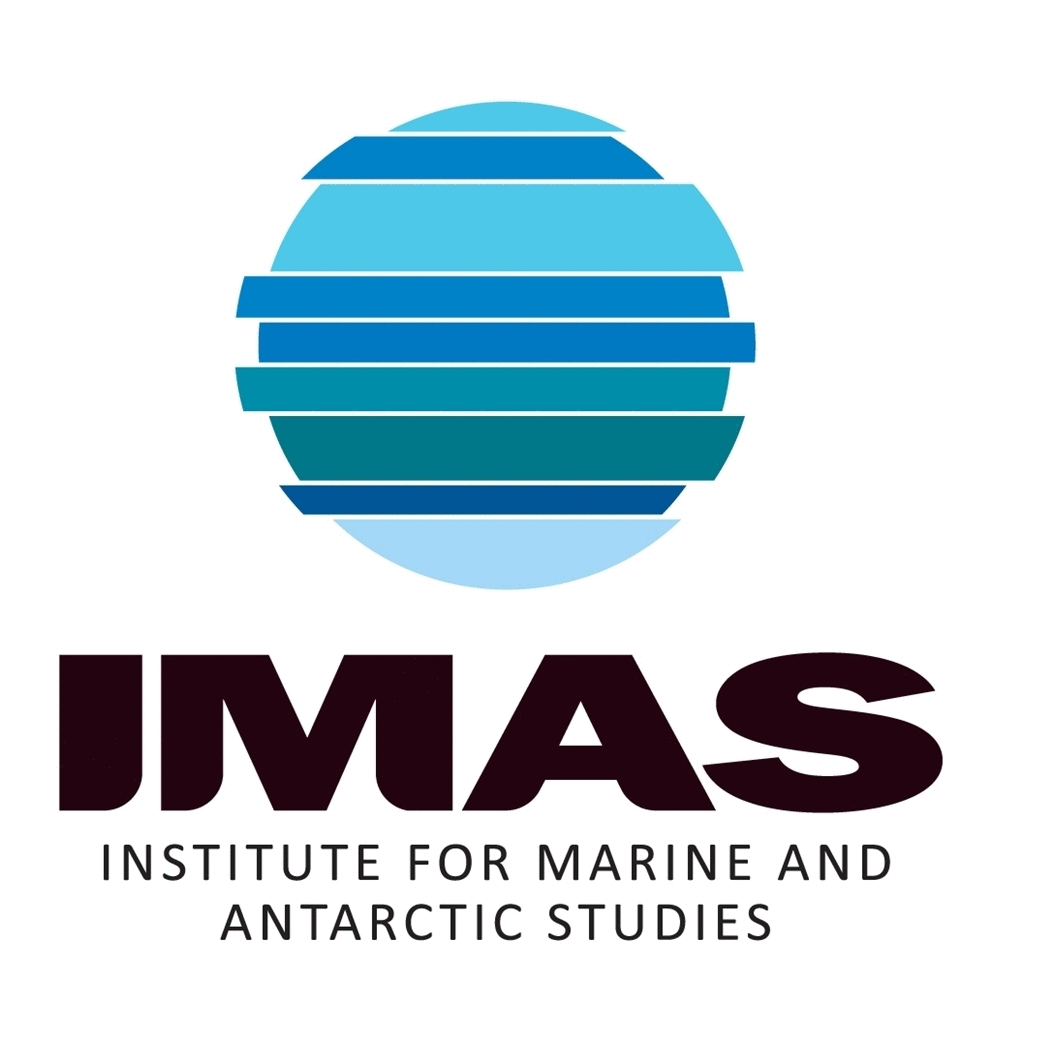Marine Futures Project - Southwest Capes - biota
The Marine Futures Project was designed to benchmark the current status of key Western Australian marine ecosystems, based on an improved understanding of the relationship between marine habitats, biodiversity and our use of these values. Approximately 1,500 km2 of seafloor were mapped using hydroacoustics (Reson 8101 Multibeam), and expected benthic habitats "ground-truthed" using towed video transects and baited remote underwater video systems. Both sources of information were then combined in a spatial predictive modelling framework to produce fine-scale habitat maps showing the extent of substrate types, biotic formations, etc.
Surveys took place across 9 study areas, including the Capes region of southwest Western Australia. The area is one of the most diverse temperate marine environments in Australia. Warm, tropical waters of the Leeuwin Current mingle with the cool waters of the Capes Current, resulting in high finfish diversity, including tropical and temperate species, as well as internationally significant seagrass diversity with meadows occurring at depths greater than 40 metres. The region's geomorphology is complex with an array of intertidal and subtidal reef environments. Many marine plants and animals are endemic to the southern coast of Australia due to its long geographical isolation, with seagrass, algae and estuarine habitats functioning as spawning, nursery and feeding grounds for a wide range of invertebrates and fish. Significant numbers of marine mammals also frequent the area, including the blue whale, the largest of all marine creatures.
Simple
Identification info
- Date (Creation)
- 2016-05-21
Principal investigator
Principal investigator
- Credit
- Natural Heritage Trust
- Status
- Completed
Principal investigator
- Topic category
-
- Biota
Extent
))
Temporal extent
- Time period
- 2006-01-01 2008-12-31
- Maintenance and update frequency
- Not planned
- Global Change Master Directory (GCMD) Earth Science Keywords Version 8.0
- Australian and New Zealand Standard Research Classification (ANZSRC): Fields of Research
- AODN Platform Vocabulary
- Keywords (Theme)
-
- Biotic formations
- AODN Discovery Parameter Vocabulary
- AODN Instrument Vocabulary
Resource constraints
- Classification
- Unclassified
Resource constraints
- Use limitation
- The data described in this record are the intellectual property of the University of Western Australia through the Centre for Marine Futures.
Resource constraints
- Linkage
-
http://i.creativecommons.org/l/by/4.0/88x31.png
License Graphic
- Title
- Creative Commons Attribution 4.0 International License
- Website
-
http://creativecommons.org/licenses/by/4.0/
License Text
- Other constraints
- The citation in a list of references is: citation author name/s (year metadata published), metadata title. Citation author organisation/s. File identifier and Data accessed at (add http link).
- Other constraints
- This dataset is hosted by the Institute for Marine and Antarctic Studies (IMAS), University of Tasmania, on behalf of the Centre for Marine Futures, University of Western Australia.
- Language
- English
- Character encoding
- UTF8
Content Information
- Content type
- Physical measurement
- Description
- Predicted based on spatial modelling of in situ video surveys
- Name
- Biotic formations
- Name
- biota
- Name
- NA
Identifier
Distribution Information
- Distribution format
-
- ESRI shapefile (zipped)
Resource lineage
- Statement
- Areas of seafloor in water deeper than 10 metres were surveyed with hydroacoustics using a Reson 8101 Multibeam or interferometric swath echosounder system, mounted on the hull of the sampling vessel. These data were processed to construct full coverage maps of seafloor bathymetry and textural information. These maps, combined with observations recorded from in situ video footage, unerpinned the development of statistical models that produced the most efficient, objective, and ecologically meaningful classifications of sea floor features and inhabitants as possible for natural resource management and planning.
- Hierarchy level
- Dataset
- Hierarchy level
- Dataset
Platform
Identifier
- Code
- research vessel
Instrument
Identifier
- Code
- underwater cameras
Metadata
- Metadata identifier
- 64e5ca64-28ca-496f-ac9a-6696bae17b86
- Language
- English
- Character encoding
- UTF8
Point of contact
- Parent metadata
Type of resource
- Resource scope
- Dataset
- Metadata linkage
-
https://metadata.imas.utas.edu.au/geonetwork/srv/eng/catalog.search#/metadata/64e5ca64-28ca-496f-ac9a-6696bae17b86
Point of truth URL of this metadata record
- Date info (Creation)
- 2018-12-15T17:58:57
- Date info (Revision)
- 2018-12-15T17:58:57
Metadata standard
- Title
- ISO 19115-3:2018
Overviews
Spatial extent
))
Provided by

 IMAS Metadata Catalogue
IMAS Metadata Catalogue